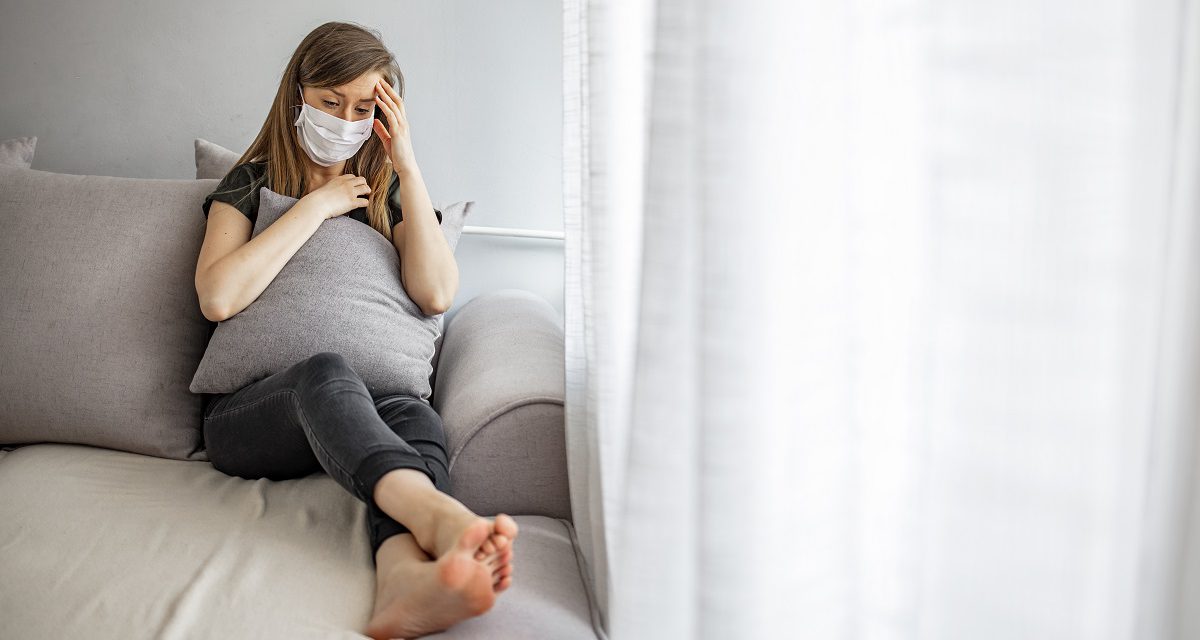At the beginning of the year, when the world was just learning about the coronavirus, researchers and the general public alike maintained the belief that the disease didn’t harm younger adults as much as it did people over the age of 50. Younger people seemed to experience milder symptoms and bounce back quicker than the older population. However, as the pandemic develops, observations concerning COVID-19 and its severity among younger patients are changing.
According to a study by UC San Francisco Benioff Children’s Hospitals (UCSF), one in three young adults might have severe symptoms if they contract the virus. Smoking, including the vaping that is popular among young adults, surpasses other risks that cause medical vulnerability, including asthma and obesity. UCSF also reports a 299% increase in hospitalization of young adults across the country, from April 18 to July 27.
In comparison, there was a 139% increase of hospitalizations of older adults within that same timespan. In addition to developing severe symptoms, younger people are more likely to spread COVID-19 to older adults, which has always been a fear. Speaking with Healthline, Dr. Matthew Heinz of the Tucson Medical Center stated, “I really want young people to understand that this can be very serious for them, and, of course, it can be very serious for their loved ones who are in their 60s, 70s, 80s. It’s important that these folks understand that they are part of the solution, so we need their help with following the masking guidelines, social distancing, and being aware.”
Dr. Frank Esper, an infectious disease specialist at the Cleveland Clinic Children’s Hospital believes that the spike in young people diagnosed with COVID-19 can be attributed to increased access to testing. However, this doesn’t fully account for the increase in severe symptoms of the disease and lingering complications once the person has recovered. Participation in infection control measures such as social distancing and quarantining in place is seen less in younger adults. As states and cities rush to reopen their economies and ease up COVID-19 restrictions, young people are eager for things to go back to normal. Therefore, their aversion to risk is dampened.
In July, the Los Angeles County Health Department opened an investigation into a private indoor party – where no masks or social distancing was observed – thrown to honor first responders. At the time of the event, California had surpassed 500,000 confirmed COVID-19 cases, the largest number for any state in the country according to Johns Hopkins University. Allegedly, over 100 to 150 law enforcement personnel were in attendance. On the other side of the country, a Florida county sheriff informed a cables news network that he has already issued over 200 citations while disrupting large gatherings. Additionally, businesses who do not follow restrictions and guidelines are either shut down for a day or fined.
In addition to young adults, children under the age of 18 are seeing rising infection numbers. This is also partially due to increased access to testing, but it proves that what we believed about the virus from the beginning might have been misinformed. In California and Mississippi, 10% of confirmed cases are in children under 18. In Florida, over one-third of children tested for COVID-19 are infected.
This comes as schools across the United States are being pressured to reopen for the fall. As of now, researchers are uncertain as to how easily children will spread the virus. While children spread influenza easily, data from other countries suggests that COVID-19 transmission from children isn’t as strong. However, this research is inconclusive, and the U.S. National Institutes of Health will not have solid pediatric data until at least November (long after schools have reopened).
Although the risks among younger people are rising, older generations are still in the most danger of facing severe complications of the virus. Understanding this doesn’t mean that young people should continue to be reckless, but the exact opposite. As infections among younger adults rise, so does the risk of spreading the disease to more vulnerable populations such as the elderly and the immunocompromised.
Hospitalizations among coronavirus patients are rising, which suggests that the rise in infections isn’t just because of the increased availability of COVID-19 testing. More people are getting sick, and just a slight increase in hospitalizations among younger adults burdens infrastructure and puts older adults and immunocompromised individuals at more risk.
Additionally, researchers have seen an increased number of COVID-19 cases burdening young and otherwise healthy people’s health long after they recover from the virus. Fatigue, shortness of breath, cognitive impairments, muscle pain, headaches, and even hallucinations have been reported by people who have battled and recovered from coronavirus. Heart damage and inflammation is also observed, and some cases have seen an increased risk of blood clotting and stroke whilst the patient is battling the virus.
It’s important that younger people remember that no one is invincible, and while the survival rate of COVID-19 might be around 97% in the U.S., according to Johns Hopkins University, researchers are still unclear on what the long-term damages of surviving COVID-19 might be. It’s possible that the U.S. will see an entire generation of chronically-ill coronavirus survivors, if the disease isn’t taken seriously enough.
Restrictions and guidelines regarding the pandemic are for the safety of the collective population and individuals. Families across the country are seeing their loved ones die within days of each other after contracting COVID-19. Some households are being completely wiped out. In Los Angeles, a mother and father died a day apart from each other, leaving their eldest daughter to care for her five younger siblings. A mother in Florida, Monete Hicks, lost both of her children – who were in their early 20s – 11 days apart. Stories like this, including parents losing young children to COVID-19 and young children being orphaned by the virus, are cropping up in headlines across the country.
Data regarding COVID-19 shows that mask mandates, quarantining in place, and social distancing are all effective in slowing down the spread of coronavirus. It might feel inconvenient or discouraging at the time, but these regulations won’t last much longer if they are simply followed. As of now, there is no safe vaccine for the coronavirus and treatments are mostly experimental. It is up to individuals and their sense of social responsibility and consciousness to slow the spread of this virus, as medical researchers solidify data and develop immunizations.
(We first covered this story in April.)








